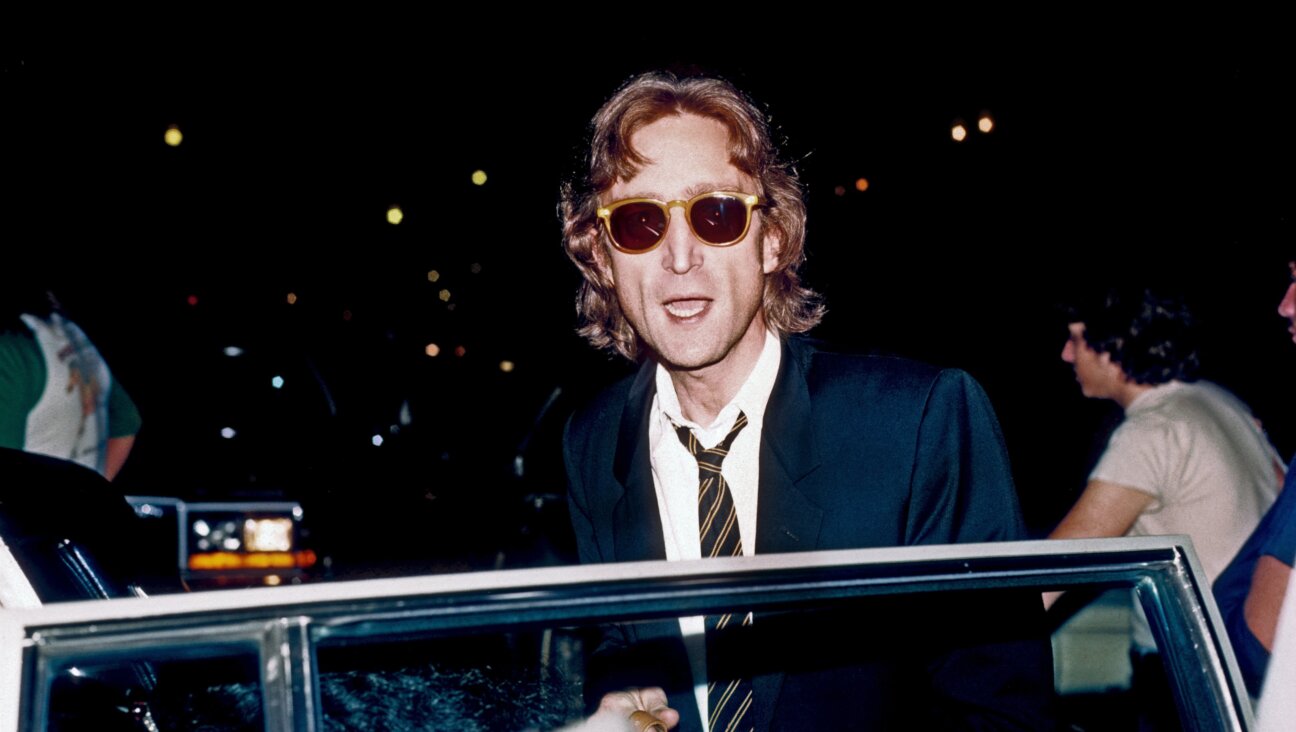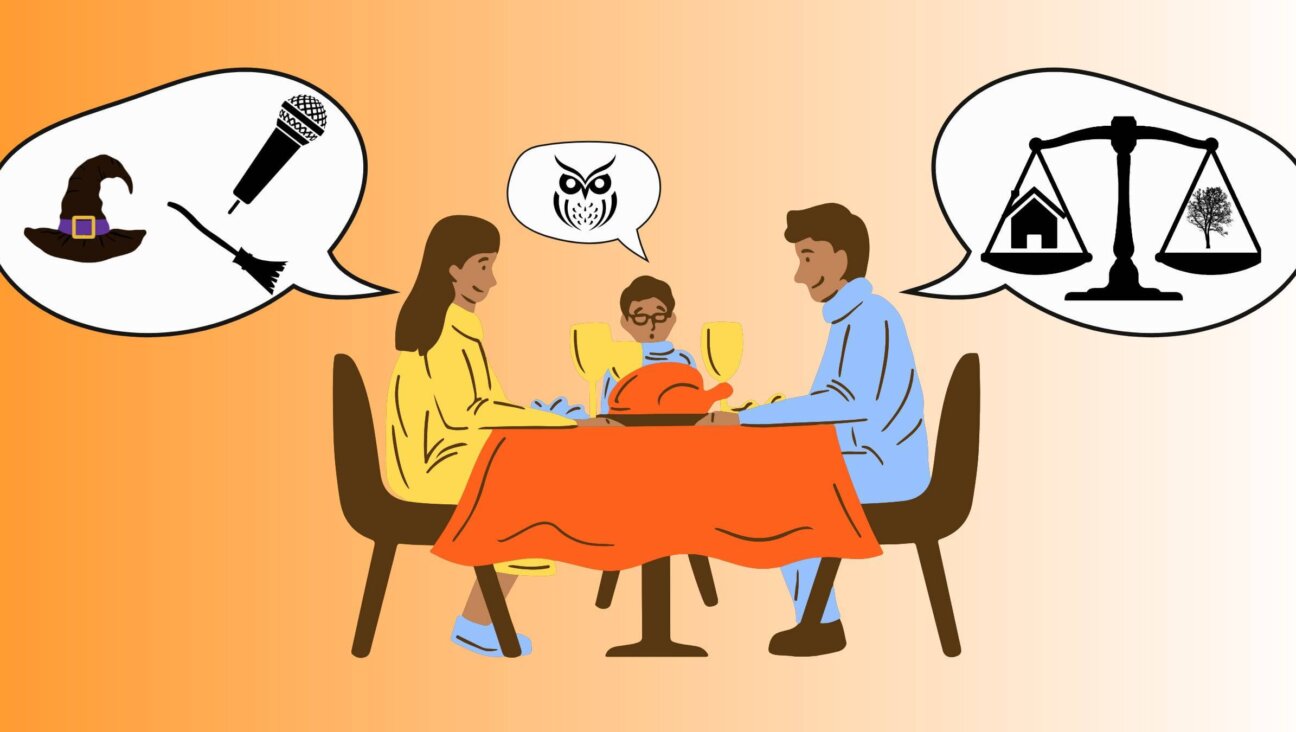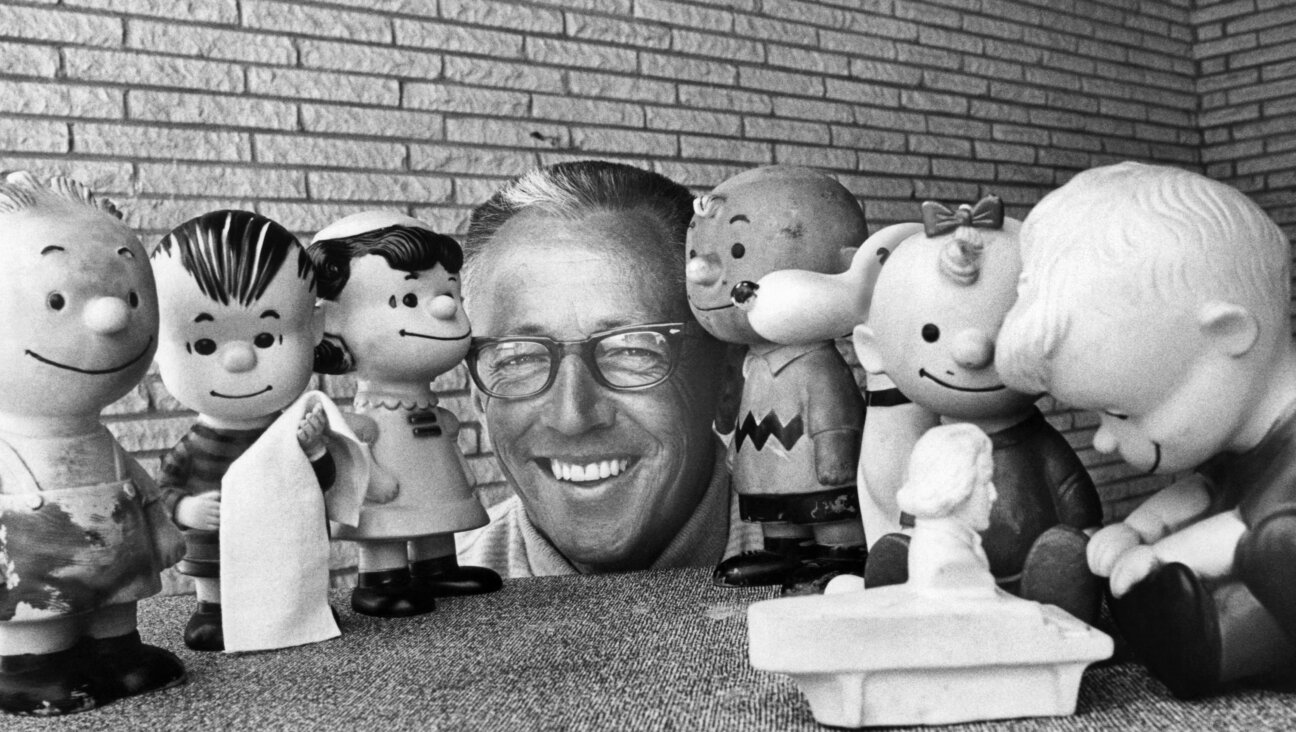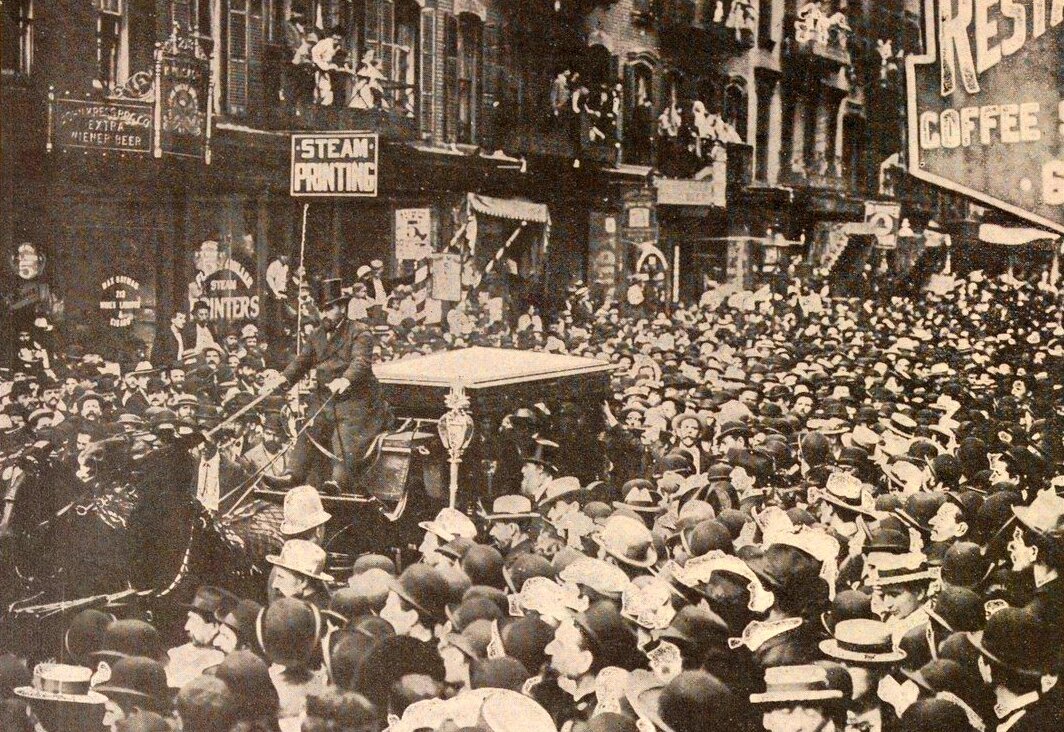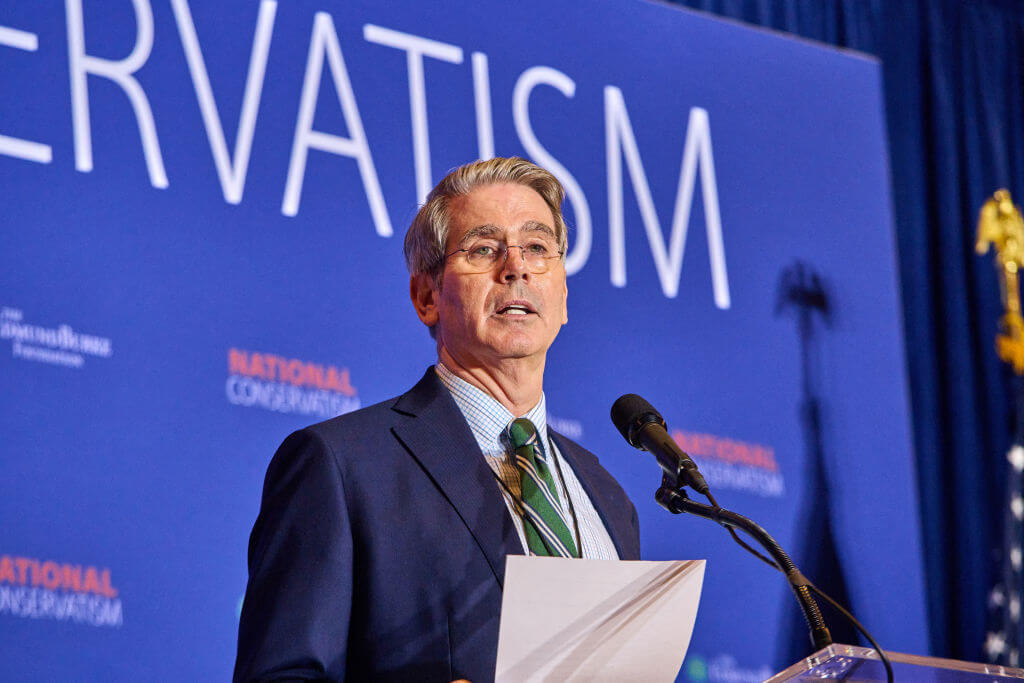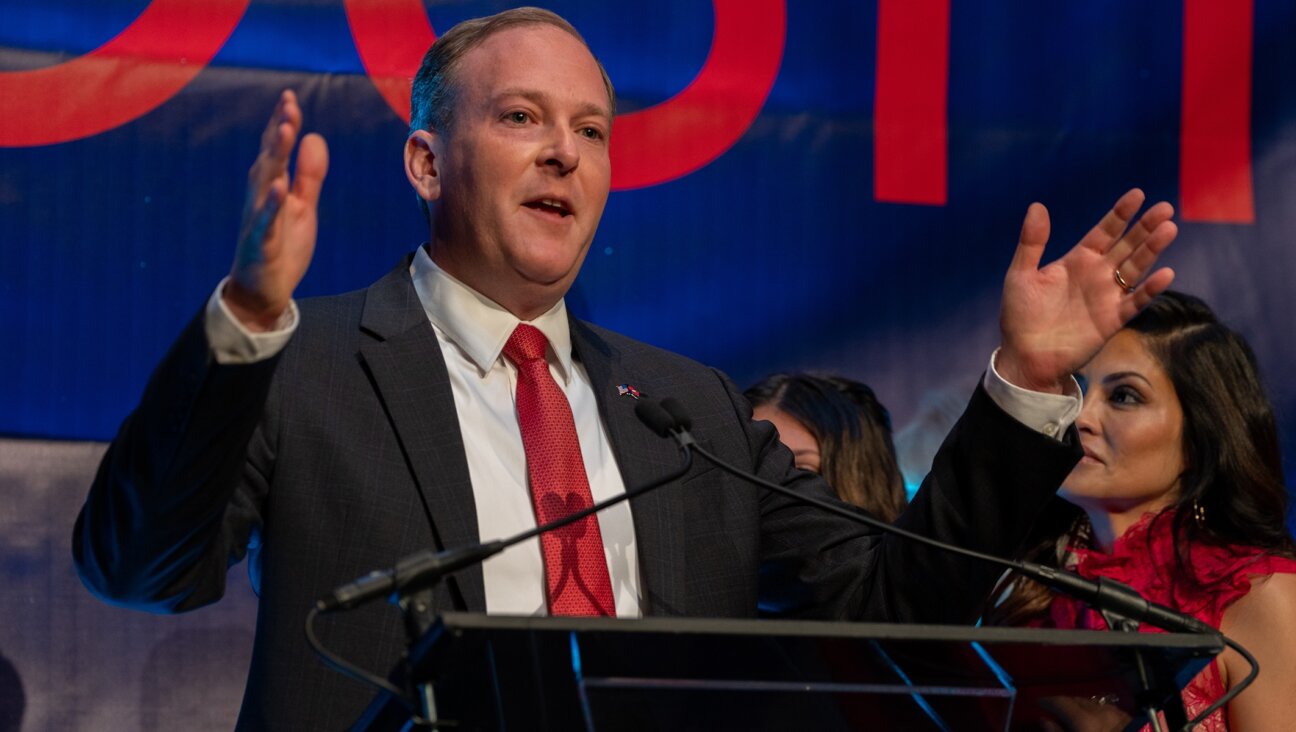From humorist to hubris — the rise and fall of Jerry Seinfeld
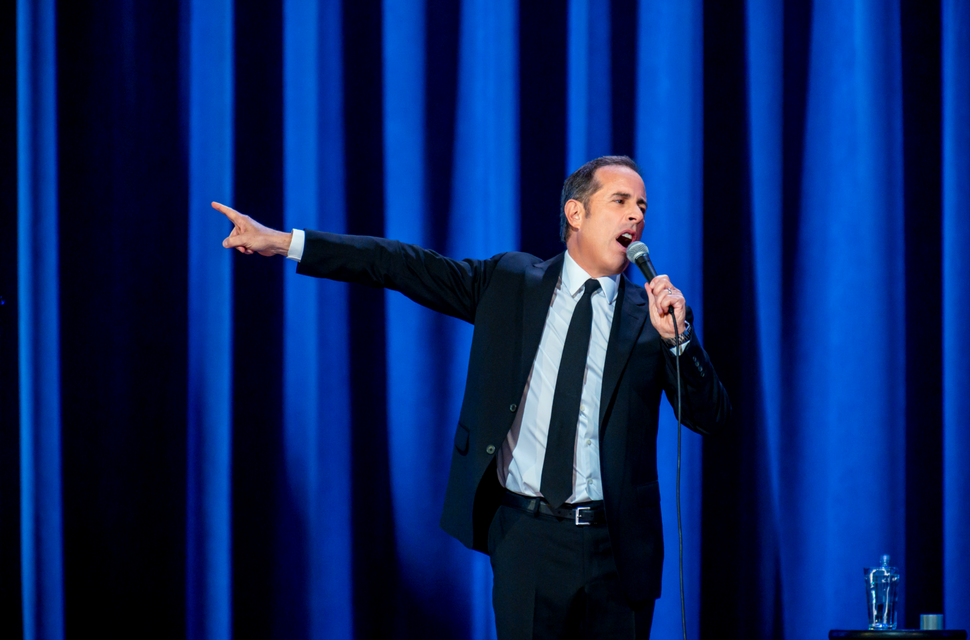
Jerry Seinfeld in ‘23 Hours to Kill’ Image by Courtesy of Netflix
The first gratuitous name-drop in Jerry Seinfeld’s “Is This Anything?” shows up on page 253. A luxury car reference follows soon after.
The name-drop (“I had breakfast with Colin Quinn”) and the car reference (“We chose one of the greatest convertibles of all time, the ‘89 Porsche 911 Speedster, and did the trip”) tease Seinfeld’s late, post-sitcom career as the host of “Comedians in Cars Getting Coffee.” Wedged in the middle of the almost 500-page tome, which collects five decades of the comic’s standup material, the mentions mark a division between his best work and his least inspired. The book consists of about 98% jokes, organized chronologically by decade, so it’s hard to miss the trend or come to the conclusion that he’s only gotten sharper with age.
Studied closely, the interstitial section about Quinn and the car, which introduces Seinfeld’s material from “The Double 0’s,” reads as something of an excuse. Seinfeld has just finished his hit run on his eponymous sitcom and is, as he reports, doing “nothing.” No standup. No writing. Just those breakfasts with Quinn and that trip in the Porsche. It took seeing Chris Rock (another name-drop) to get started on a new act. He emerges, now with a wife and kids, smug, derivative and at times just nasty. That’s a shame, but then, we all grow up.
Part of what makes this transformation such a pity is that the young Seinfeld is something of a savant. A flâneur in an age of crass consumerism, he seemed to effortlessly mine five minutes from cotton balls that sit in women’s bathrooms “like peat moss bags.” What is their function, he wonders, dropping a few of the balls on his floor to ward off roaches who’ll “Think it’s a tumbleweed and go.” He gets one on his arm after a shot and another one in a prescription bottle from the doctor. He can’t shake these things he has no use for. “The Cotton Ball Syndicate was always one step ahead.”
This is his ‘70s material, where he’s a Queens College kid high off the energy of other funny people and a viewing of the Lenny Bruce biopic “Lenny” (he liked the unglamorous cafeteria scene, maybe not the blue material). As a kid, his concerns are humble and so is he.
He speaks of cereal box prizes, melting to the floor while shopping with his mother and coin-operated horses that are “like a ride fragment that somehow chipped off of a real ride” and whose action “felt like a motor from a grain elevator.”
The specificity and curated detail reveal his early gift: observing things we’ve all observed unconsciously, but giving them a new dimension. He’s what Saul Bellow called a “first-class noticer,” one who makes the familiar strange. Why do pharmacists stand on a platform? Why do notaries wield so much power?
With the whole of his routines in book form, we are able to ride the arc of his life as he matures and moves on to other subjects.
In 1981, Seinfeld gets a standup spot on Johnny Carson’s “Tonight Show.” His desire to live life like a parakeet, with “toilet and newspaper… already combined” on the floor, evolves to a bolder aspiration: “My idea of the perfect living room would be the bridge of the starship Enterprise.”
Traveling for his act during the ‘80s provides him with ample airplane material (he never says “what’s the deal with airline food,” but he does question the price of a tuna sandwich in the terminal). In this decade, we have jokes that would be used in “Seinfeld” cold opens. Still, the comic speaks more about things than people, keenly conveying ideas that reside not in the interpersonal but the empirical. A favorite bit: he paints the wall outlets in his apartment so much that “It looks like a pig is trying to push his way through from the other side.”
In the ‘90s — the shortest segment of the book — the output slows. Seinfeld is focused on the show and the bits used in the sitcom’s bumpers are, as the comic says, “not my favorite stuff.” But what’s representative is good. He seems to still be striving, somehow succeeding on the wings of a wild premise. What made “Seinfeld” work is the same stuff that serviced Seinfeld’s standup. The show was episodic, no one grew or changed. The typical sitcom family — or work or bar family — was eschewed in favor of four semi-sociopaths who discourse endlessly about the meaningless miscellany of life.
And then the aughts roll around. Seinfeld is obscenely wealthy. He marries and enters what I’ll call his “Marriage Ref” stage. Suddenly the keen insights pivot to matters most comics have opinions on. We’re in the uninspired world of feminine doublespeak:
“Woman says, ‘I can’t believe you’re doing this.’ Man says, ‘Doing what?’ Woman starts crying. Man says, ‘I didn’t do anything.’ Woman says, ‘Exactly.’”
We have come so far from cotton balls. Now we’re talking about relationships, kids, areas where almost everything’s been said and Seinfeld has little to add.
One can’t begrudge Seinfeld too much. He had to remake himself and, naturally, his concerns are no longer quite so focused on what racehorses are thinking about or what happens to missing socks. In this period, he acknowledges his fame for the first time, referring to his “TV relationship” with the audience. Mentioning his home life can be seen as a way of exchanging common currency, a proof of relatability in a life that has become anything but relatable. And yet, his insights here are dull and often have an edge of cruelty.
He won’t bore you with details of his daughter because “I sure as hell don’t want to hear about all the funny things your kids said… He’s boring… Your whole damn family is boring.”
“Do you find that other people’s children… never look quite right? Their faces always seem Silly Puttied into some compressed or elongated shape.”
“We’ve got so many fat kids in this country.”
The infamous “Gay French King” bit about how we scroll through our phones — the response to this 30 second joke made Seinfeld rail against PC culture and performing at colleges — has its own heading, “Gay French King.”
In a new bit, timed to Corona, Seinfeld calls the virus a kamikaze-type infection before imagining the recruitment of an inept pilot named “Wing Wa.” (Yeah, he went racist.)
It is interesting how Seinfeld chooses to joke about the virus, having just written a popular op-ed about New York’s resiliency in the face of the pandemic. He continues that earnest thread for a bit. In his intro to his most recent stuff, Seinfeld writes, “I hope we get to be together someday soon. In the meantime, putting all this together in a book has given us another kind of real connection. You can feel that it’s how we’re supposed to be.”
It would be a poignant moment, were the next line not a joke that begins “Why are your friends so annoying?”
Seinfeld’s act always had its insensitivities, its snark and even a light misanthropy, but it’s different when an old rich guy is the one making the jokes. The plucky upstart had a vulnerability that made us like him. (He admitted to being confused by the plots of action movies; the new Seinfeld jokes he could cameo in “Star Wars” to ask why the Jedi do so many flips.) The Seinfeld of recent vintage says that life fundamentally sucks — although his sucks less than yours. He went from plumbing the channel-surfing dimorphism of men and women (hunter v. gatherer) to a hack “Does this outfit make me look fat?” joke about his wife. He used to feel bad about being able to afford a maid, now he complains about going to fancy restaurants and the youth on Facebook.
Seinfeld says he loves being in his 60s because “if someone asks you to do something, you just say ‘No.’”
The younger Seinfeld, in contrast, looked forward to being older so he could tell his grandchildren of a time before dogs had the vote.
Things didn’t turn out the way young Jerry thought they would. Dogs haven’t won suffrage and Seinfeld didn’t peak when Carson called him over to the couch. Of course his act has changed to face the realities of hearth, home and tremendous celebrity.
But to his credit, Seinfeld’s latest stuff still has glimmers of his old genius for the trivial, like when he recalls the astonishing advent of Pop-Tarts, when “cereal scientists” emerged from the lab “like Moses with the two tablets of the 10 Commandments.” In that same joke, he’s looking back to the days when his mother made Cream of Wheat so thick he felt like he was “rowing in the hull of a Greek slave ship.”
It’s in these humble remembrances that we spot the old Jerry, an icon in the making — iconic in his own right.
PJ Grisar is the Forward’s culture reporter. He can be reached at [email protected].
A message from our CEO & publisher Rachel Fishman Feddersen

I hope you appreciated this article. Before you go, I’d like to ask you to please support the Forward’s award-winning, nonprofit journalism during this critical time.
We’ve set a goal to raise $260,000 by December 31. That’s an ambitious goal, but one that will give us the resources we need to invest in the high quality news, opinion, analysis and cultural coverage that isn’t available anywhere else.
If you feel inspired to make an impact, now is the time to give something back. Join us as a member at your most generous level.
— Rachel Fishman Feddersen, Publisher and CEO








